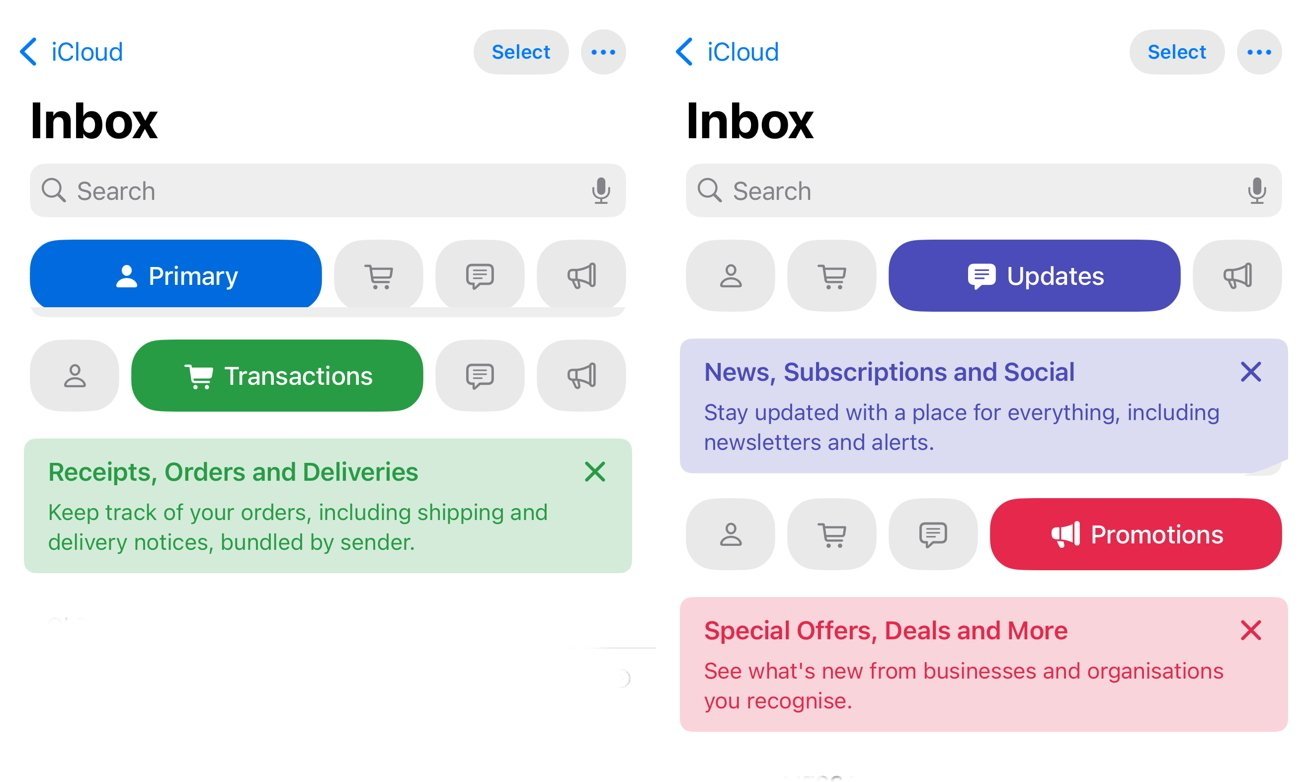7 Things Great Leaders Do Differently, According to Sinek
Discover Simon Sinek's 7 key practices that great leaders do differently. These insights can transform your leadership style and inspire lasting impact.


In a world where leadership is often seen through the lens of power, authority, and results, Simon Sinek challenges that traditional mindset. His revolutionary ideas on leadership emphasize the importance of purpose, empathy, and trust. He believes that great leadership is not about holding titles or exerting control—it's about inspiring others, creating a sense of belonging, and guiding teams with a vision that transcends short-term goals.
Sinek’s insights have gained global recognition, particularly through his groundbreaking TED Talk, "Start with Why," which has become one of the most-watched talks of all time. His concept of "leading with why" has shifted how organizations approach leadership, focusing not just on what they do, but why they do it.
But what does it take to be a truly great leader? What sets exceptional leaders apart from the rest? According to Simon Sinek, great leaders consistently embody certain practices that inspire loyalty, trust, and exceptional performance from their teams. These seven practices are not just abstract ideals but tangible actions that anyone can apply to become a more effective and influential leader.
Let’s dive into the seven things great leaders do differently, according to Sinek, and how these practices can reshape leadership dynamics within any organization.
1. They start with ‘Why’
The cornerstone of Simon Sinek’s philosophy is the concept of starting with ‘why.’ According to Sinek, great leaders have a clear sense of purpose—a driving reason that inspires everything they do. Instead of focusing on what they do or how they do it, they lead by articulating why they do it. This powerful “why” creates a sense of mission and vision, and it motivates teams to work toward something bigger than themselves.
By focusing on why, leaders foster a sense of connection and alignment within their organizations. People don’t just work for a paycheck—they work because they believe in the mission, in the impact they are making, and in the shared values of their organization. This leads to heightened morale, commitment, and, ultimately, better outcomes.
Example:
Apple is a prime example of a company that starts with ‘why.’ The company’s ‘why’ is not just to sell electronics but to challenge the status quo and think differently. Steve Jobs, Apple’s co-founder, famously led with this mission, inspiring a global following of both employees and customers who were united by the company’s purpose.
2. They put people first
Great leaders understand that their teams are the most valuable asset they have. They prioritize the well-being, development, and success of the people they lead. Instead of focusing solely on profits or personal advancement, these leaders invest in their teams, offering support, guidance, and opportunities for growth.
By putting people first, leaders create an environment where trust thrives, and employees feel safe to innovate, take risks, and contribute their best work. This ultimately leads to a culture of collaboration and loyalty, where people are more likely to go above and beyond to contribute to the organization’s success.
Example:
Indra Nooyi, the former CEO of PepsiCo, is often praised for her commitment to putting people first. She focused on building a company culture that emphasized health and wellness, work-life balance, and employee development. This approach contributed to PepsiCo's long-term growth and success.
3. They lead with empathy
Empathy is at the heart of great leadership. Sinek argues that leaders must be able to understand and connect with the emotions and needs of their teams. When leaders listen, show genuine concern, and act with empathy, they create stronger bonds with their teams and foster an atmosphere of trust.
Empathetic leaders are more likely to understand the challenges their employees face and to offer support during difficult times. By demonstrating empathy, leaders show their teams that they are valued as individuals, not just as workers. This deepens the emotional connection to the team and increases overall engagement.
Example:
The late Paul Polman, former CEO of Unilever, exemplified leadership with empathy. He focused on creating a sustainable future for the company, but he also ensured that the lives of his employees were enhanced through health initiatives, career development, and personal well-being programs.
4. They embrace responsibility, not authority
Great leaders don’t view their role as one of superiority or dominance; they see it as a responsibility. They understand that leadership is about service—not about telling people what to do. Instead of asserting authority, they accept the responsibility for the outcomes of their team and the success of their organization.
By embracing responsibility, leaders inspire accountability in their teams. They model ownership and commitment, which encourages others to take initiative and lead from within. This creates a culture where everyone feels empowered to contribute and take responsibility for their actions.
Example:
A great example is Netflix’s CEO Reed Hastings, who doesn’t just direct employees but empowers them to make decisions. By fostering a culture of responsibility and autonomy, Netflix has attracted top talent and has been able to innovate continuously.
5. They foster trust and safety
Sinek emphasizes the importance of creating an environment where people feel safe to take risks, express themselves, and challenge the status quo. In such environments, trust is the foundation for collaboration. Leaders who foster trust and safety create a team dynamic where creativity and innovation can thrive, and where mistakes are seen as learning opportunities rather than failures.
Trust and safety are crucial for building a positive workplace culture. When employees trust their leaders and feel psychologically safe, they are more likely to share ideas, give constructive feedback, and support each other’s growth.
Example:
Google is well-known for fostering an open, trusting culture where employees feel safe to share new ideas and take calculated risks. This environment of trust has been a key driver of Google’s innovative success.
6. They challenge the status quo
Great leaders are not afraid to question the way things have always been done. They are driven by the desire to innovate and improve, even when it means challenging long-held beliefs or traditions. These leaders are willing to disrupt industries, rethink old processes, and take bold steps toward progress.
By challenging the status quo, leaders inspire their teams to think critically, embrace change, and look for new ways to solve problems. This mindset fosters a culture of continuous improvement and adaptability, crucial for thriving in today’s rapidly changing world.
Example:
Elon Musk, the founder of Tesla and SpaceX, is a prime example of a leader who challenges the status quo. His mission to revolutionize space travel and the electric vehicle industry has disrupted established norms and inspired millions of people around the world.
7. They inspire action with vision
Lastly, great leaders don’t just talk about vision—they inspire action. They have the ability to translate their vision into tangible steps and engage their teams in bringing that vision to life. By providing clarity, direction, and motivation, these leaders help their teams see the bigger picture and understand how their individual contributions fit into it.
A strong vision aligns the team toward common goals, inspires collaboration, and drives high levels of performance. Leaders who inspire action don’t just create followers—they create passionate advocates for the mission.
Example:
Richard Branson, founder of Virgin Group, is a leader who has inspired action through his bold vision. Whether launching new ventures or taking risks with the Virgin brand, Branson has consistently communicated a clear vision that motivates his teams to act with enthusiasm and purpose.
Conclusion: Leading with Purpose, Empathy, and Vision
Simon Sinek’s philosophy on leadership is a reminder that great leaders are not born—they are made through consistent action, deep empathy, and a clear sense of purpose. By embracing these seven principles, leaders can foster environments of trust, collaboration, and innovation, creating lasting impact and inspiring others to reach their full potential.
So, ask yourself: How can you start applying these principles in your own leadership journey? The world needs more leaders who don’t just lead with authority but with compassion, vision, and a strong sense of purpose.












































































































































































![[The AI Show Episode 156]: AI Answers - Data Privacy, AI Roadmaps, Regulated Industries, Selling AI to the C-Suite & Change Management](https://www.marketingaiinstitute.com/hubfs/ep%20156%20cover.png)
![[The AI Show Episode 155]: The New Jobs AI Will Create, Amazon CEO: AI Will Cut Jobs, Your Brain on ChatGPT, Possible OpenAI-Microsoft Breakup & Veo 3 IP Issues](https://www.marketingaiinstitute.com/hubfs/ep%20155%20cover.png)






















































































































































































































































































































































































![Mercedes, Audi, Volvo Reject Apple's New CarPlay Ultra [Report]](https://www.iclarified.com/images/news/97711/97711/97711-640.jpg)




































































